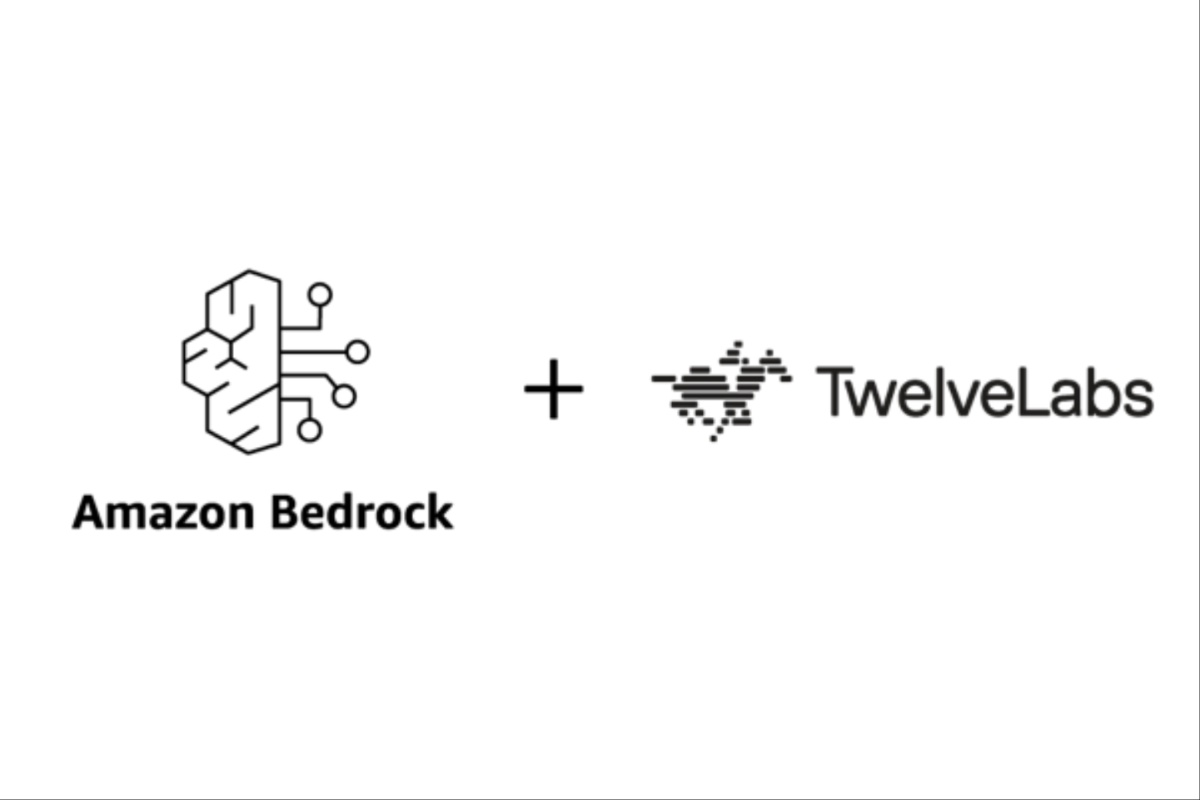Bitcoin Magazine

Save in Bitcoin, Spend in Dollars: Is This The Way Before Hyperbitcoinization?
Lava has developed a self-custodial Bitcoin borrowing platform. Unlike traditional crypto loan services that take custody of users’ assets (and sometimes engage in risky practices like rehypothecation), Lava is self-custodial and leverages native bitcoin smart contracts (DLCs) to enable a more secure borrowing experience. The platform’s primary product is the Lava Vault, available on mobile and desktop, which serves as a secure, self-custodial wallet and borrowing interface. It uses advanced security features, such as device-based secure chips for private key management and biometric/two-factor authentication, to ensure user funds remain safe. Lava also offers encrypted backups to mitigate the risk of fund loss from a single point of failure.
Lava’s Loans product also enables users to borrow dollars against their Bitcoin holdings, providing liquidity without requiring them to sell their Bitcoin. This is particularly appealing to Bitcoin HODLers who want to maintain long-term exposure to BTC’s potential appreciation while accessing cash for immediate needs. Lava’s unique Discreet Log Contract (DLC) technology enables it to provide these loans on a self-custody basis, reducing counterparty and rehypothecation risk.
Stablecoin Integration – LavaUSD
Lava has launched its own stablecoin offering – LavaUSD – to combine Bitcoin with dollar-based spending. LavaUSD is redeemable 1:1 for the US dollar via reserves invested in cash and highly liquid instruments. The reserve portfolio contains a mix of short-dated US Treasuries, overnight US Treasury repurchase agreements, and money market funds all custodied with partners such as BlackRock and Fidelity. LavaUSD enables users to make payments anywhere in the world frictionlessly.
Here’s why they launched it:
- Instant and Global: LavaUSD extends the stability of the US dollar to a global user base while maintaining the trustlessness and security of modern cryptography. All transactions are instantaneous and settle 24/7/365, with support for instant on and off-ramps to fiat currencies around the world.
- Lower Cost: as programmable digital dollars, transactions are much cheaper and more efficient to process thereby avoiding unnecessary fees and friction in the fiat banking system.
- Rewards: LavaUSD makes it easier to distribute yield, points, and other exclusive benefits to users.
- Security: Lava is able to provide larger institutions detailed reports attesting to the backing of LavaUSD on demand whereas “it was extremely difficult to get in touch with the support teams of other large stablecoin issuers” says the team. Lava’s stablecoin reserves are held in segregated, bankruptcy-remote accounts with regulated financial institutions. This ensures that the reserves are fully protected and kept separate from the operating funds of Lava the company, the issuer, or its custodians. Even in the unlikely event of bankruptcy, these reserves remain accessible and are safeguarded to ensure full backing of all issued stablecoins.
- Cross-Chain Swaps: The platform supports stablecoins on other networks (not just Bitcoin), using atomic swaps to ensure borrowers receive stablecoins while lenders secure Bitcoin collateral. Over time, Lava plans to expand support for multiple networks, potentially including Bitcoin-based stablecoin alternatives as they mature.
The team has attracted significant investment. Since inception Lava has raised $30 million from investors including Khosla Ventures, Founders Fund, and Susquehanna International Group with angel participation from institutions including the Qatar Investment Authority, Google, and Franklin Templeton among others.. In December 2024, it raised $10 million in a Series A round co-led by Khosla Ventures and Founders Fund, with notable investors like Keith Rabois and Peter Thiel involved. More recently, Lava raised a Series A for an additional $30 million financing round with investors like Qatar Investment Authority and Bijan Tehrani. FULL DISCLOSURE: UTXO participated in Lava’s seed round.
The Case for Spending BTC vs. Spending Dollars
Last week, this tweet by Caitlin Long and amplified by our favorite Bitcoiner in Congress Cynthia Lummis received significant pushback from some bitcoiners, offended at the idea of perpetuating the fiat system instead of transaction directly with Bitcoin, as it was intended by Satoshi.

(Special S/O to our Bitcoin Magazine OG Mike Germano and PubKey extraordinaire Thomas Pacchia for so graciously holding beers – wine is better!)
Spending BTC directly with merchants or individuals is often hailed as a step toward Hyperbitcoinization—the hypothetical scenario where BTC becomes the dominant global currency. This approach strengthens Bitcoin’s network effect, encourages adoption, and aligns with its peer-to-peer philosophy, bypassing intermediaries like banks. However, this strategy faces significant hurdles. Firstly, BTC’s price appreciation potential remains substantial. Historical data shows BTC’s value has surged from negligible levels in 2009 to over $100,000 by early 2025, driven by finite supply (capped at 21 million coins) and growing institutional interest (e.g., MicroStrategy’s treasury strategy). Spending BTC now risks forgoing future gains, especially as halvings and market dynamics continue to constrain supply against rising demand.
Secondly, tax conditions in many jurisdictions, including the United States, impose restrictive burdens on spending BTC. In the U.S., the IRS treats BTC as property, meaning each transaction triggers a taxable event. Selling or spending BTC at a profit incurs capital gains tax—up to 37% for short-term gains or 20% for long-term holdings—based on the difference between purchase price and sale value. This complexity discourages direct spending, as users must track cost basis, report gains, and navigate administrative overhead, often outweighing the convenience of BTC payments. For instance, a $1,000 BTC purchase spent at $10,000 would trigger a $2,800 tax liability (assuming a 28% effective rate), making dollar-based spending via stablecoins a more tax-efficient alternative.
Why Holding BTC Outweighs Spending Now
Given BTC’s upward trajectory, spending it now may undermine long-term wealth preservation. Analysts suggest BTC could reach $200,000 or more by 2030 if current trends persist, driven by inflation hedging and a weakening fiat system. Spending BTC at current prices locks in value at a fraction of its potential, especially when alternatives like Lava’s lending model provide liquidity without forfeiture. Moreover, the tax burden amplifies this disincentive, as frequent transactions erode net returns. This aligns with the “HODL” philosophy, where retaining BTC maximizes appreciation while using borrowed dollars or stablecoins meets immediate needs.
Mitigation Strategy: Buy-Back Mechanism
To balance the desire to spend with BTC retention, a buy-back strategy offers a pragmatic solution. After borrowing dollars against BTC via Lava’s platform, users can spend these funds while committing to repurchase BTC at a later date when market conditions or personal finances allow. This approach leverages Lava’s self-custodial lending (with its 7.5% interest cost) to access liquidity without selling, preserving the original BTC stash. The buy-back can be timed to capitalize on market dips or post-tax season liquidity, potentially at lower prices, enhancing overall holdings. For example, borrowing $10,000 against 0.1 BTC (valued at $100,000) allows spending, with a buy-back of 0.09 BTC at $90,000 later, netting a gain if BTC appreciates further. This strategy mitigates tax exposure by deferring sales and aligns with long-term appreciation goals.
As Hyperbitcoinization looms on the horizon, the tension between saving in Bitcoin and spending in dollars reflects a pivotal moment for BTC’s evolution. Holding BTC maximizes its scarcity-driven potential—fueled by finite supply and growing adoption—while tax complexities and volatility discourage direct spending. Stablecoins and lending models offer a practical workaround, preserving Bitcoin’s long-term value while meeting immediate needs. Until BTC fully transcends fiat, this duality—hoarding a revolutionary asset while leaning on traditional currency—may define the path to a Bitcoin-dominated future, and this future is being build by Bitcoin companies!
Guillaume’s articles in particular may discuss topics or companies that are part of his firm’s investment portfolio (UTXO Management). The views expressed are solely his own and do not represent the opinions of his employer or its affiliates. He’s receiving no financial compensation for these Takes. Readers should not consider this content as financial advice or an endorsement of any particular company or investment. Always do your own research before making financial decisions.
This post Save in Bitcoin, Spend in Dollars: Is This The Way Before Hyperbitcoinization? first appeared on Bitcoin Magazine and is written by Shinobi.

